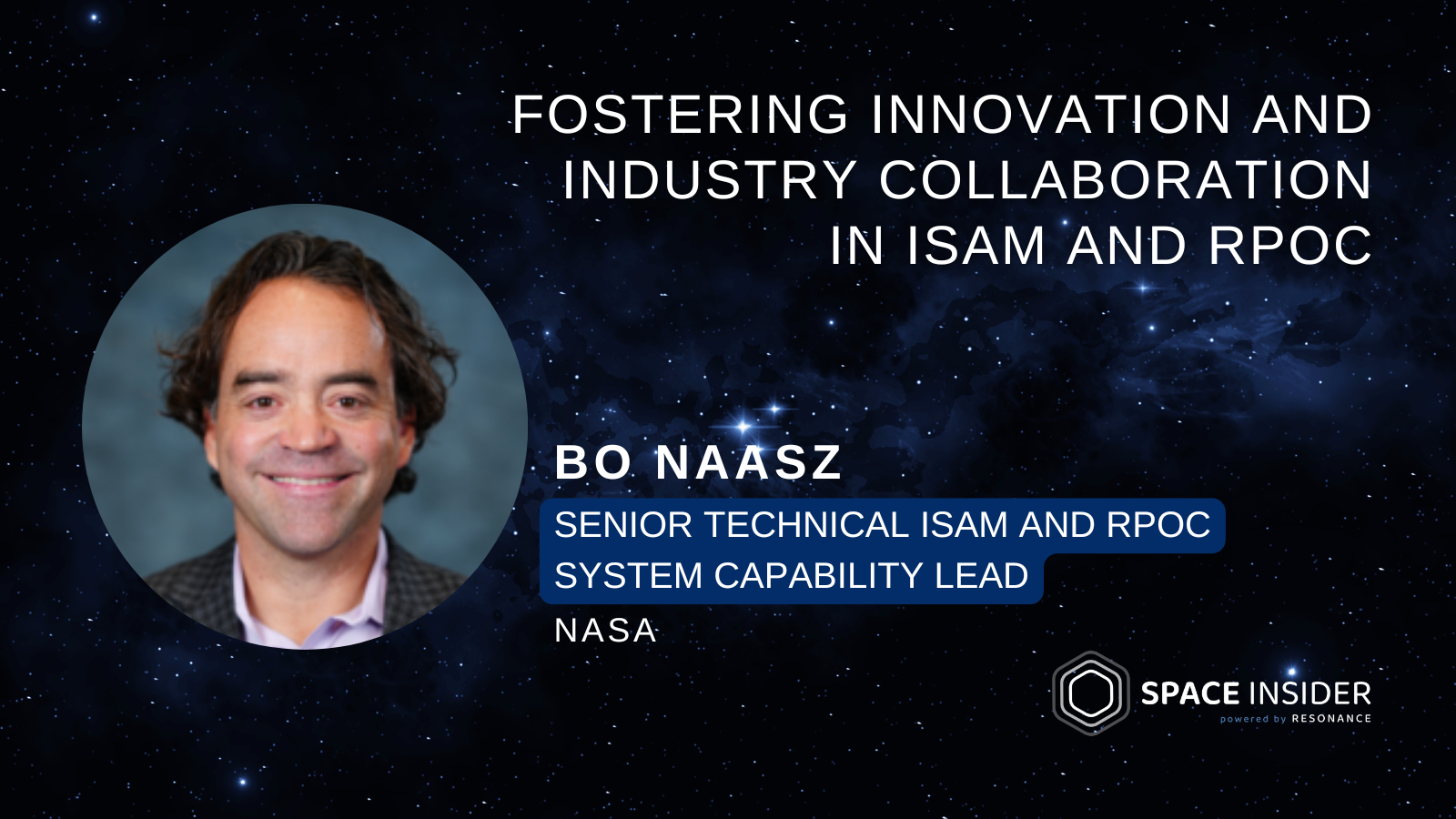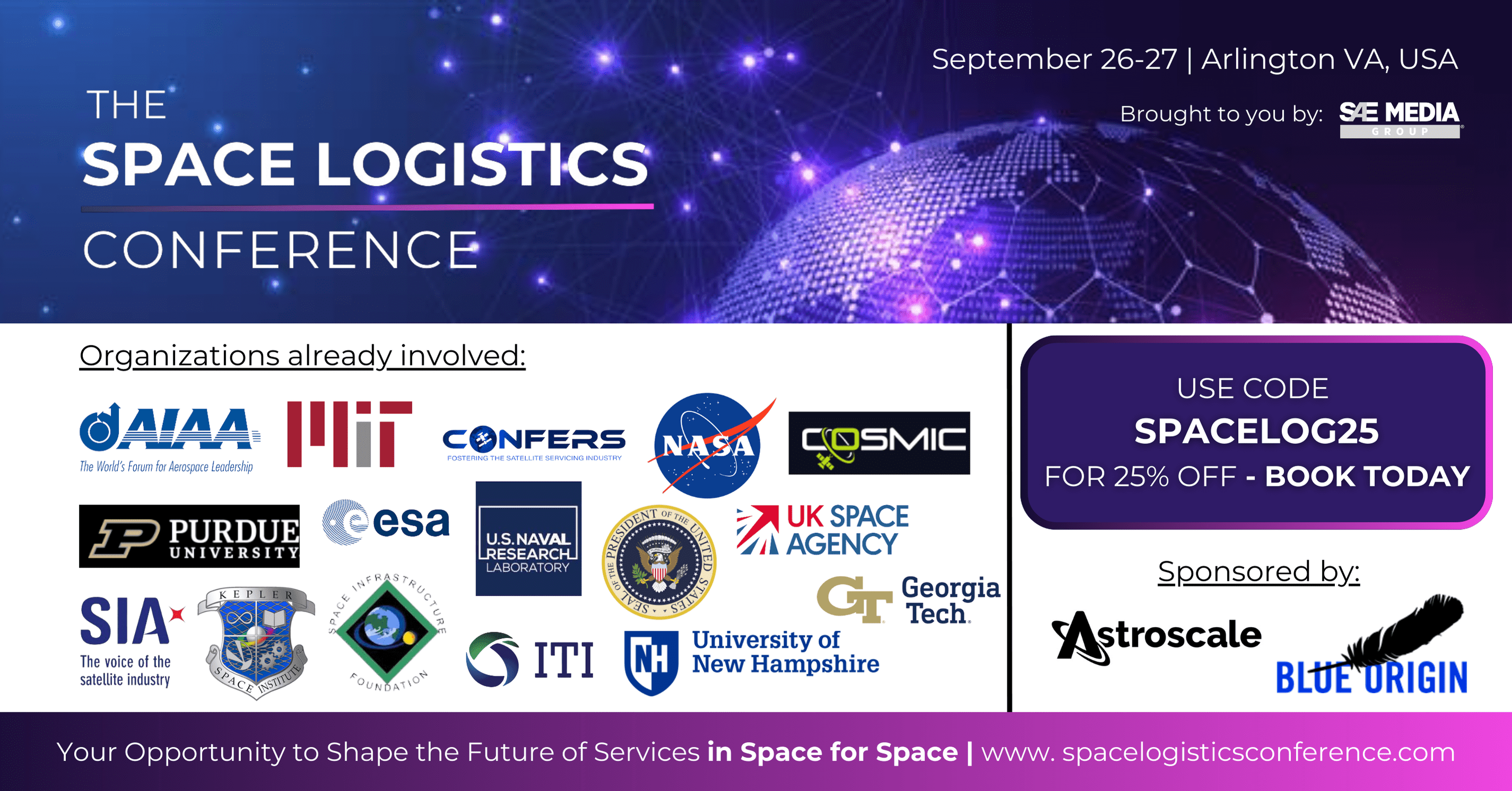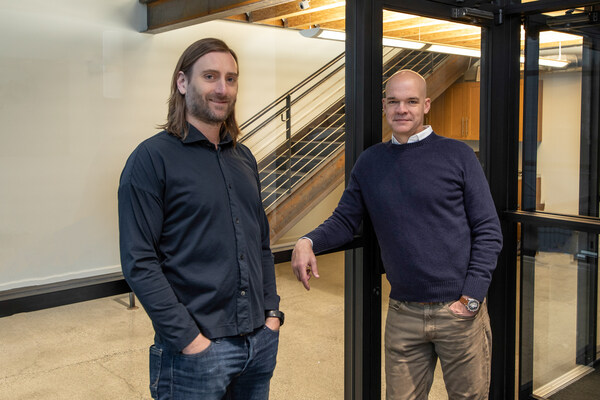The commercialization of space has accelerated in recent years, driving a paradigm shift in how space missions are conceived, developed, and executed. With this transformation, the development of in-space servicing, assembly, and manufacturing (ISAM) and rendezvous, proximity operations, and capture (RPOC) technologies has become increasingly vital. These capabilities promise not only to enhance the sustainability of space exploration but also to create new economic opportunities in orbit. At the forefront of this movement is NASA, leveraging decades of experience to bridge gaps between government initiatives and private sector innovation.
Bo Naasz, NASA’s Senior Technical ISAM and RPOC System Capability Lead, is uniquely positioned to provide insight into this rapidly evolving field. With over 20 years of experience and a focus on advancing technology strategies, Naasz has helped shape the roadmap for these capabilities within NASA. His work emphasizes both the strategic development of ISAM and RPOC technologies and fostering collaborations with commercial and international partners. As he explains, “A healthy industry in this area is essential for us to meet our needs.”
The Space Insider team had the opportunity to sit down with Naasz where he offered his perspectives on the current state of ISAM and RPOC, NASA’s efforts to address technological shortfalls, and the importance of fostering industry engagement to build a sustainable and profitable space economy.
Bridging NASA’s Needs and Industry Opportunities
Naasz’s role at NASA involves overseeing a team that manages the ISAM and RPOC technology strategy for the agency. “My role involves stewardship, strategy, and advising agency leadership on technology gaps and funding priorities,” he stated. By closely analyzing mission requirements and aligning them with industry capabilities, NASA has been able to foster a more integrated approach to space exploration.

Engaging directly with commercial partners is a cornerstone of his work. “Most of our projects involve significant contributions from industry, from small startups to large corporations, academia, and international partners,” he noted. This collaboration is not just limited to procurement; it extends to co-developing technologies that could redefine operational paradigms in orbit. Naasz highlighted the importance of this symbiotic relationship: “A lot of our innovation stems from the private sector’s agility and creativity, which complements NASA’s deep technical expertise.”
NASA’s flexibility in meeting its partners’ evolving needs further reinforces these collaborations. “We’re seeing a shift from government-owned systems to service-based models,” Naasz explained. This transition underscores the importance of NASA’s dual role as both a customer and a collaborator, ensuring that its missions benefit from the best the private sector has to offer while simultaneously shaping the trajectory of commercial space capabilities.
ISAM’s Potential to Redefine Space Operations
The potential of ISAM lies in its ability to address longstanding challenges in space operations. Naasz described the transformative implications of these technologies: “Instead of launching fully integrated spacecraft from Earth, ISAM enables us to build and assemble in space, bypassing the design constraints imposed by launch.” He pointed out that over half of a spacecraft’s design focuses on surviving the launch environment, a constraint that ISAM could eliminate entirely.
This paradigm shift could open doors to new mission profiles. “With ISAM, we can refuel satellites, upgrade payloads, or even transform existing assets into something entirely new,” Naasz said. Such advancements could extend the operational lifespan while increasing the system performance of spacecraft and reduce the need for costly replacements.
He also discussed the broader implications of ISAM for sustainability and economic resilience in space. “By enabling in-space manufacturing and assembly, we’re not just extending the life of current assets—we’re laying the groundwork for a future where space operations are more sustainable and economically viable,” he emphasized. This includes building infrastructure for future human exploration and scientific endeavors while supporting commercial initiatives.
Prioritizing Collaboration and Industry Needs
Collaboration is at the heart of NASA’s ISAM strategy. Naasz highlighted the role of the Consortium for Space Mobility and ISAM Capabilities (COSMIC) in fostering industry partnerships. “COSMIC is now the central means by which we have these conversations,” he said. The initiative serves as a platform for U.S. government and commercial stakeholders to align on shared goals and leverage collective expertise.
Another cornerstone of NASA’s approach is the Space Technology Shortfall process, which identifies and ranks technological gaps based on public and industry input. Naasz explained, “This process has been invaluable in understanding what different sectors prioritize. It directly influences our procurements and provides a clear roadmap for industry stakeholders.” This transparent approach ensures that NASA’s priorities are aligned with industry needs, fostering a collaborative environment that benefits all parties.
To further streamline industry engagement, NASA has introduced initiatives like “Tipping Points” and “Announcement for Collaborative Opportunities.” These programs allow companies to propose innovative solutions directly to NASA. “They’re essentially telling us what their priorities are, which helps us tailor our investments and partnerships,” Naasz said.
Overcoming Challenges and Building Momentum
While the technical challenges of ISAM and RPOC are significant, Naasz pointed out that cultural and regulatory barriers also pose hurdles. “A lot of new tech providers come to us asking, ‘How do I get a license?’” he said. To address this, COSMIC provides resources like a policy and regulation repository and education seminars. “These tools help demystify the regulatory landscape for newcomers,” Naasz noted.
He also discussed the “chicken-and-egg” problem inherent in developing ISAM capabilities. “Why build servicing infrastructure if there’s nothing to service? And why design serviceable systems without servicing infrastructure?” Naasz remarked. Overcoming this requires a coordinated effort to bootstrap both aspects simultaneously. “We need to demonstrate the value of these systems through incremental progress and cost reductions,” he said, emphasizing the need for a phased approach to adoption.
A Collaborative Roadmap for the Future
NASA’s roadmap for ISAM and RPOC focuses on addressing identified shortfalls. “We’re organizing roadmap teams around these shortfalls, each with near-, mid-, and long-term goals,” Naasz explained. These teams are tasked with closing gaps in areas such as docking systems, fluid transfer technologies, and in-space assembly.
A key element of this roadmap is engaging industry stakeholders. “A healthy industry is essential for us to meet our needs,” Naasz reiterated. By maintaining open lines of communication through initiatives like COSMIC and collaborative projects, NASA ensures that its roadmap is both ambitious and achievable.
Final Thoughts
NASA’s efforts to advance ISAM and RPOC technologies are rooted in a clear strategy to address technological shortfalls, prioritize collaboration with commercial and international partners, and develop a phased roadmap that aligns with industry needs. The agency is creating pathways for stakeholders to actively participate and innovate in the field through initiatives like the Space Technology Shortfall process and the COSMIC consortium.
Naasz emphasized the importance of mutual understanding and engagement and underscored the need for transparency and communication, pointing out that programs like “Tipping Points” help the agency align its investments with the priorities of commercial partners.
Ultimately, the progress in ISAM and RPOC technologies will depend on bridging gaps—both technical and cultural—and creating an ecosystem where government, industry, and academia can collaboratively develop solutions for the challenges of space exploration and sustainability.
Share this article:










